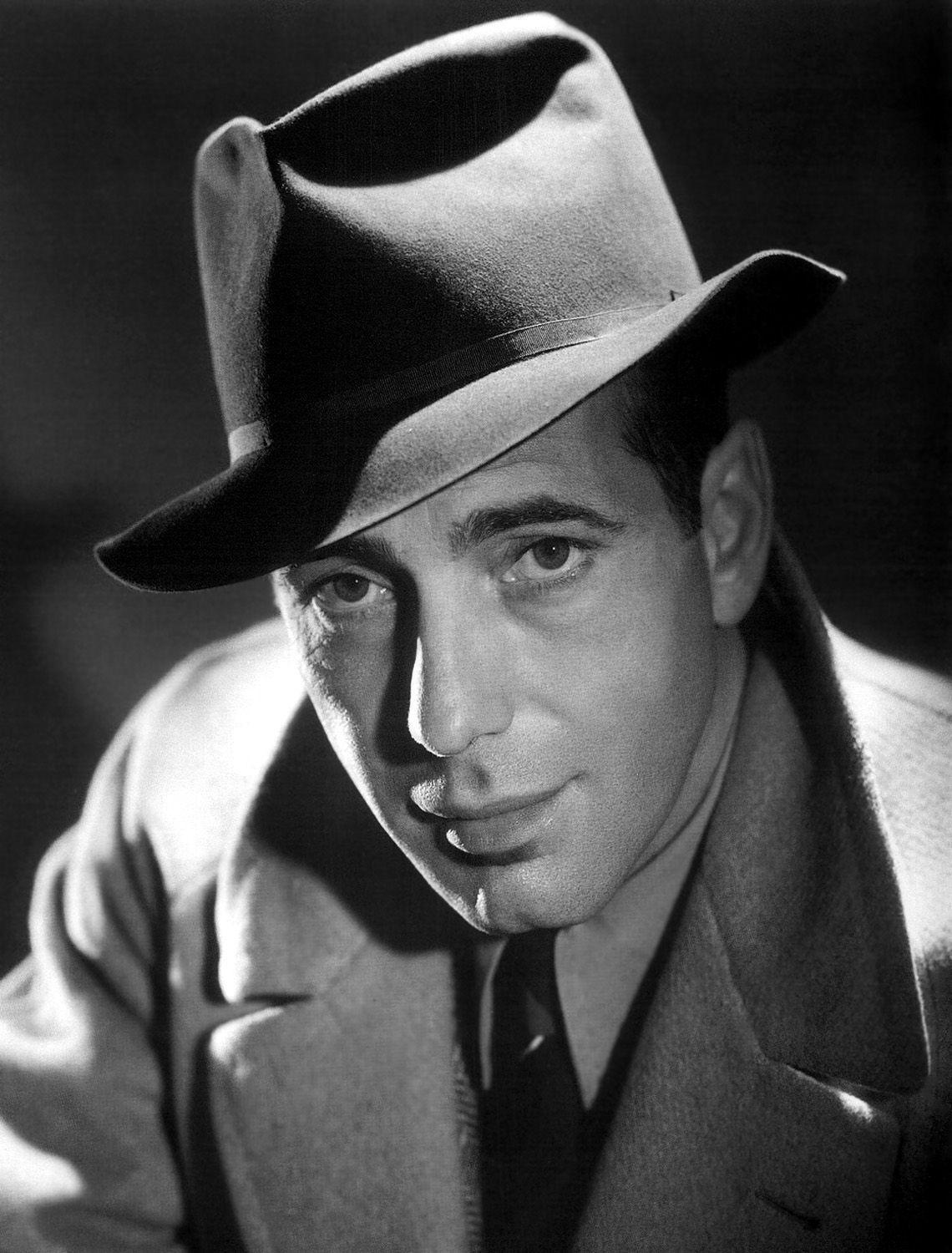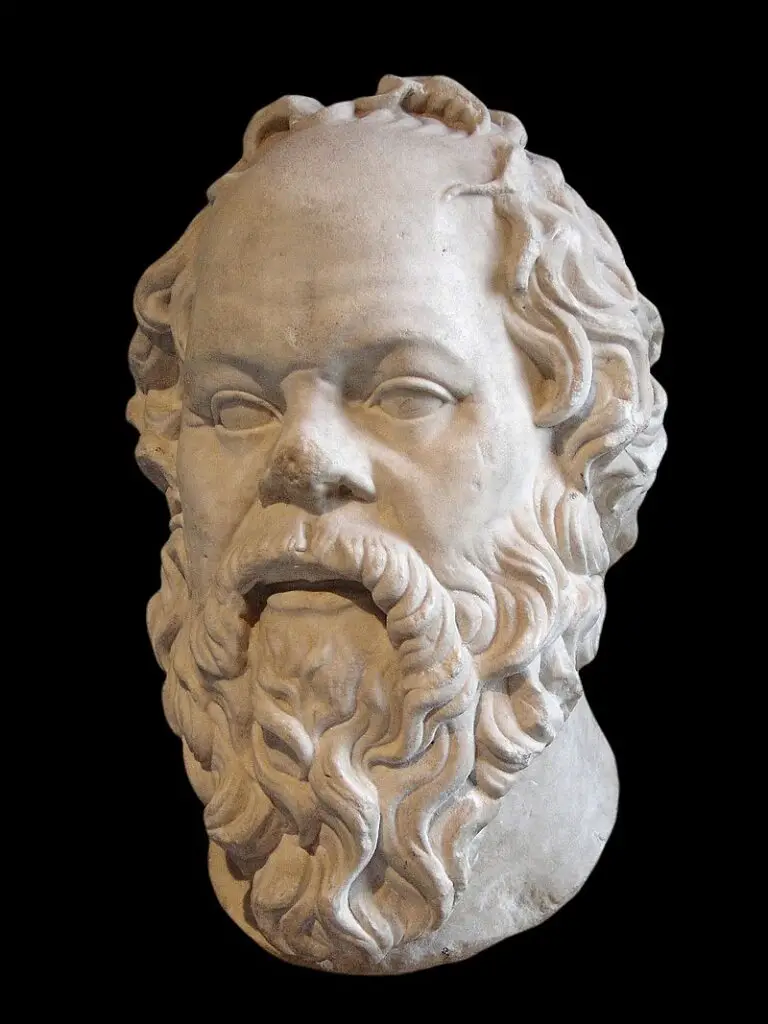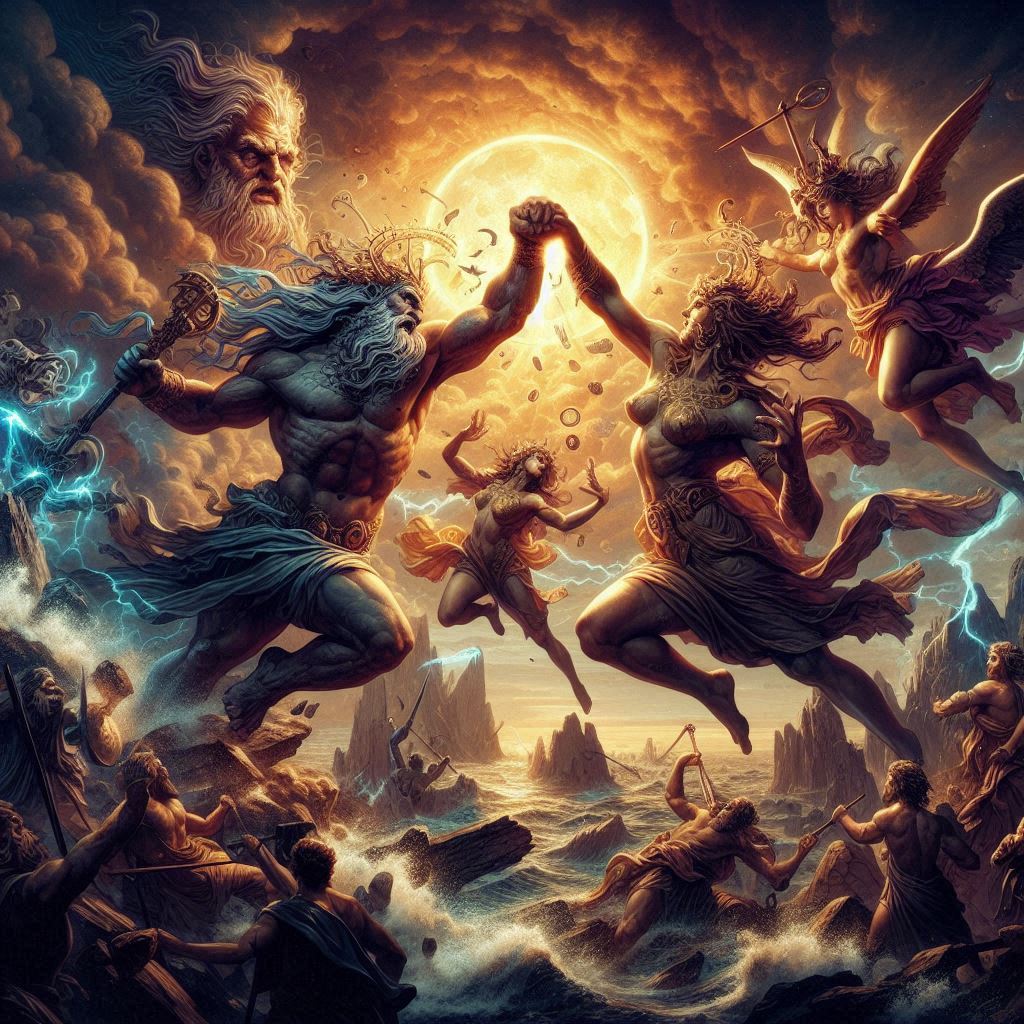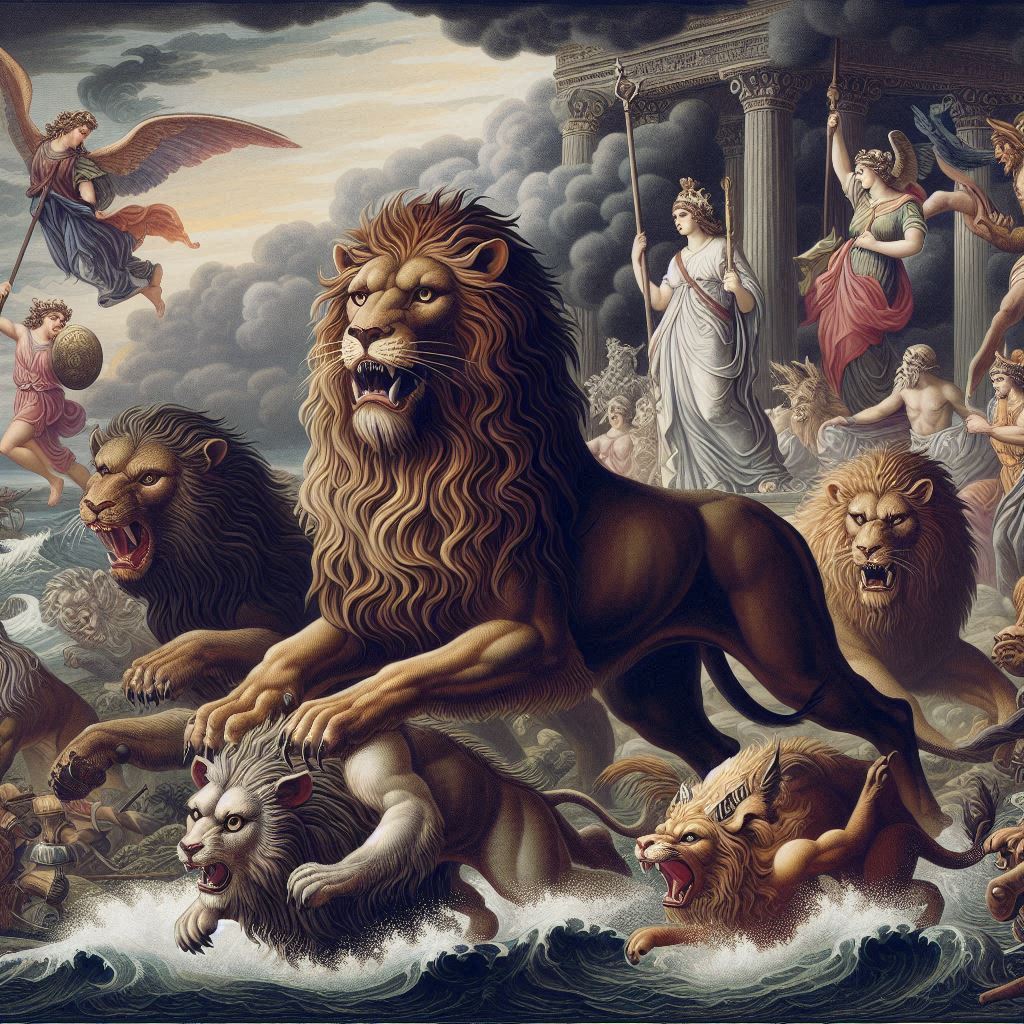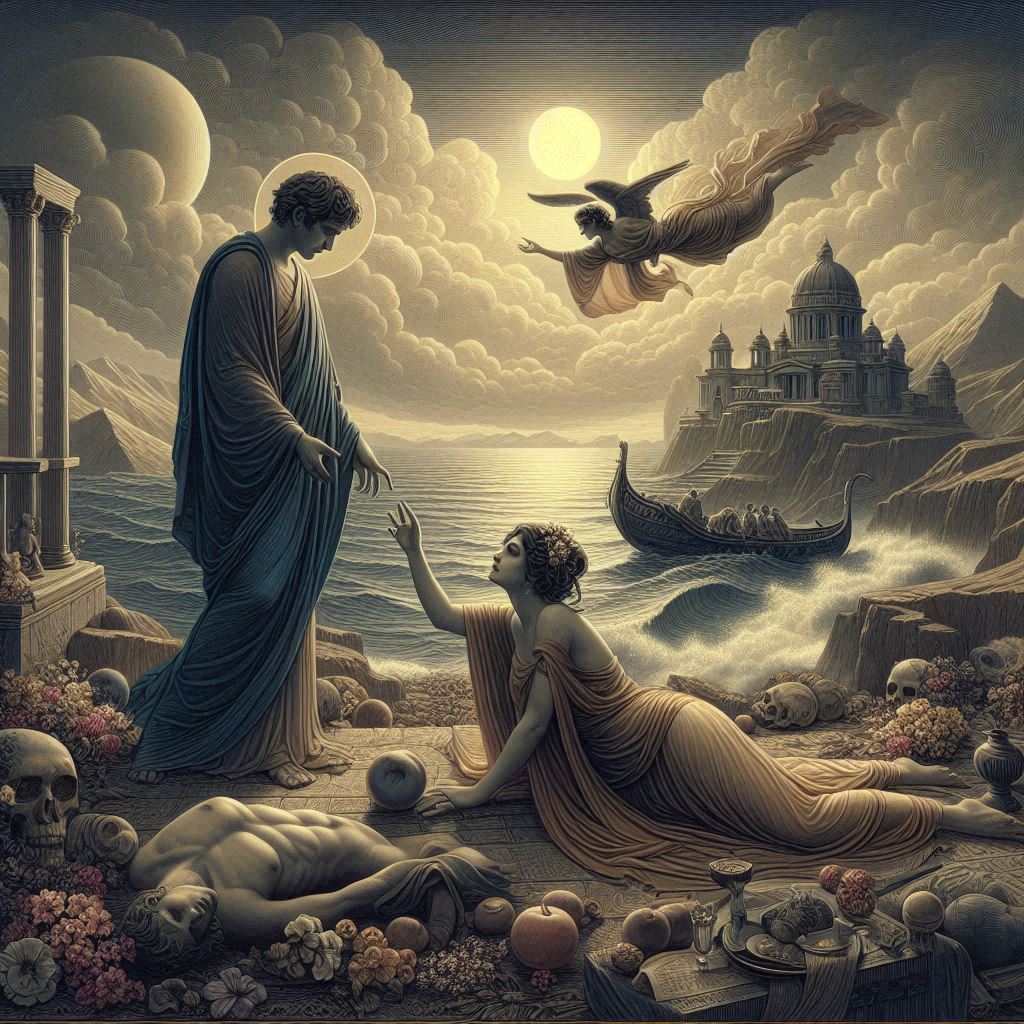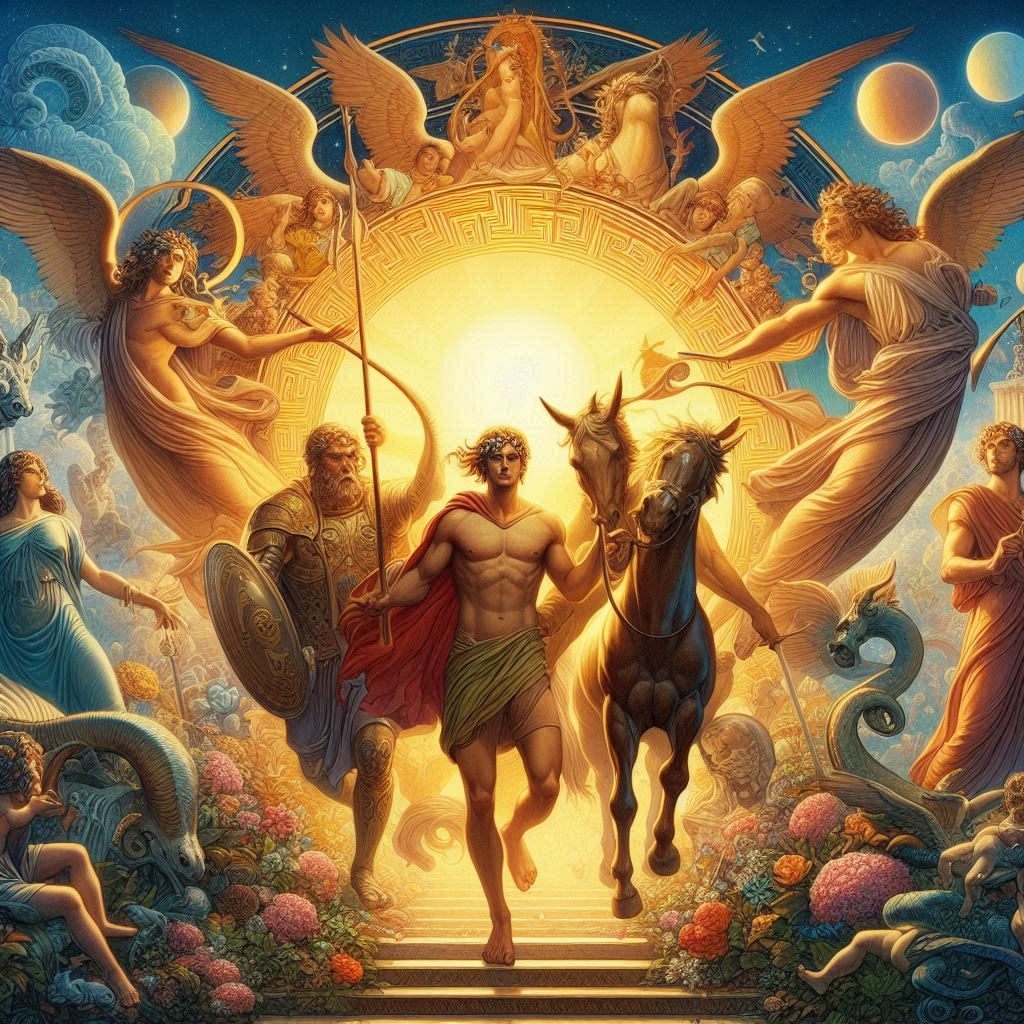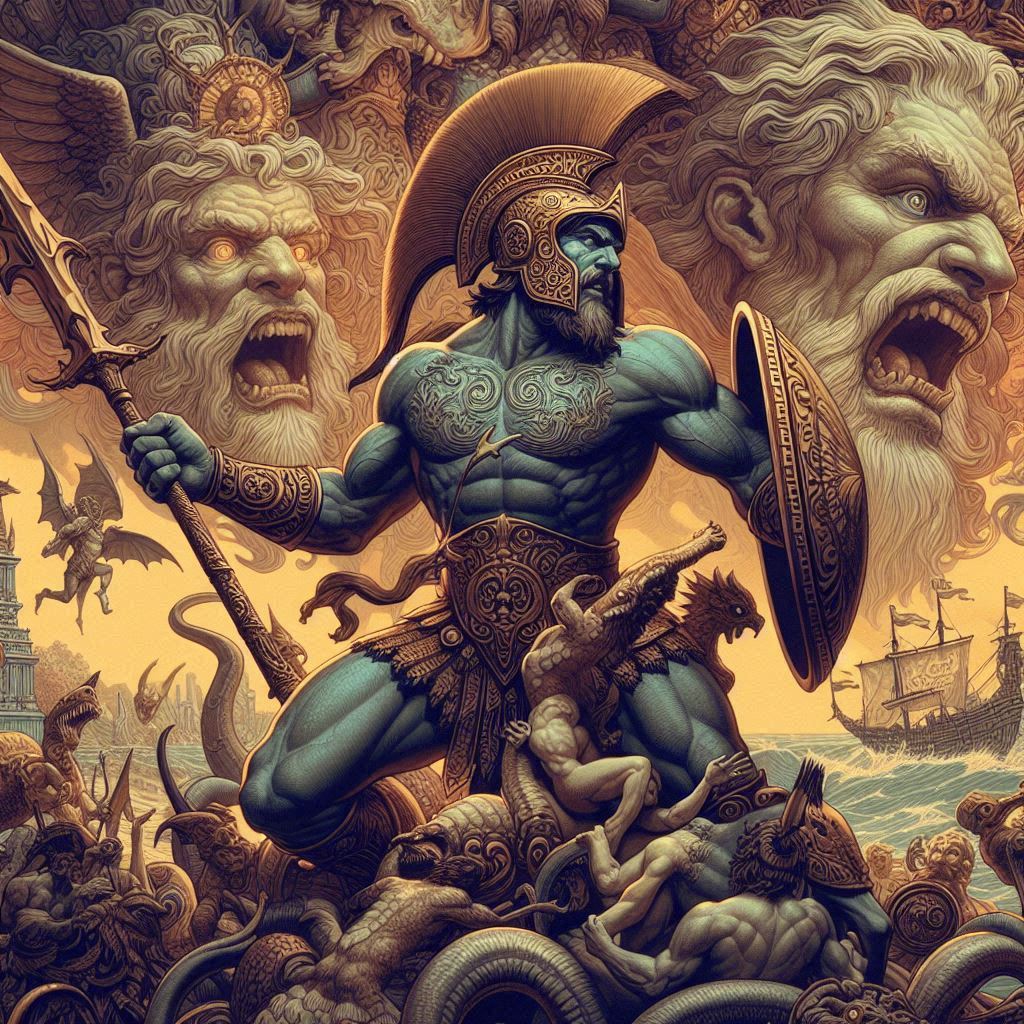Humphrey Bogart (1899–1957) was an iconic American actor, best known for his roles in classic films of the 1940s and 1950s. With his distinctive voice and charismatic screen presence, Bogart became a leading figure in Hollywood’s golden age. He starred in timeless classics such as “Casablanca,” “The Maltese Falcon,” and “The African Queen.” Renowned for his portrayal of tough, morally ambiguous characters, Bogart left an indelible mark on the film industry and is often remembered as one of the greatest actors in cinematic history.
Growing up in a privileged yet tumultuous family, Bogart experienced the ups and downs of life early on. His father, Belmont DeForest Bogart, was a prominent surgeon, while his mother, Maud Humphrey, was a successful commercial artist. However, the family faced financial setbacks, leading to the loss of their wealth. This challenging period left a lasting impact on Bogart’s worldview and influenced his future performances as characters often navigating through adversity.
Bogart’s education took him to elite boarding schools, where he developed a rebellious streak that would become a defining aspect of his personality. He enlisted in the U.S. Navy during World War I, serving on the USS Leviathan, an experience that would shape his character and instill a sense of discipline.
After the war, Bogart briefly tried his hand at various jobs, including office work and stage crew, before finding his true calling in acting. His early days in theater were marked by small roles and a slow ascent, but Bogart’s dedication to his craft caught the attention of Broadway producers. His breakout role came in the play “Robert Sherwood’s The Ruined Lady” (1923), and his stage career gained momentum from there.
Bogart’s transition to Hollywood wasn’t immediate, but once he arrived, his rugged looks and distinctive voice set him apart. Early roles often cast him as a gangster or a secondary character, with “The Petrified Forest” (1936) being a notable exception. His portrayal of Duke Mantee, a desperate and dangerous criminal, earned him widespread acclaim and marked a turning point in his career.
Despite the success on screen, Bogart’s personal life faced turbulence, especially in the realm of relationships. His marriages to Helen Menken and Mary Philips ended in divorce, paving the way for a third marriage to actress Mayo Methot. The volatile relationship between Bogart and Methot, marked by public altercations, added a layer of complexity to his public image.
Bogart’s breakthrough into leading roles came with “High Sierra” (1941), where he played the role of Roy Earle, a hardened criminal. This film not only established him as a leading man but also marked the beginning of his collaboration with director John Huston, a partnership that would result in some of the most iconic films in Hollywood history.
The pinnacle of Bogart’s career came with “Casablanca” (1942), directed by Michael Curtiz. Starring opposite Ingrid Bergman, Bogart portrayed Rick Blaine, a cynical nightclub owner in the titular city during World War II. The film became a classic, earning multiple Academy Awards and solidifying Bogart’s status as a Hollywood legend. His line “Here’s looking at you, kid” from the film became one of the most iconic in cinematic history.
Bogart’s work in the film-noir genre further showcased his versatility. Films like “To Have and Have Not” (1944) and “The Big Sleep” (1946), both directed by Howard Hawks, exemplified his ability to embody the morally ambiguous and mysterious characters that defined the genre. His on-screen chemistry with Lauren Bacall in “To Have and Have Not” translated into a real-life romance, leading to their eventual marriage in 1945.
The Bogart-Bacall partnership became one of Hollywood’s most celebrated love stories. Their on-screen collaborations, including “The Big Sleep” and “Dark Passage” (1947), captured the imaginations of audiences and further solidified Bogart’s reputation as a leading man. Their off-screen life at “Bacall-Bogart Estate” became a hub for Hollywood socializing.
In the late 1940s and early 1950s, Bogart continued to deliver exceptional performances. “Key Largo” (1948), another collaboration with John Huston, featured Bogart alongside his wife, Lauren Bacall, and his longtime friend Edward G. Robinson. The film’s tense atmosphere and gripping narrative showcased Bogart’s ability to excel in intense and emotionally charged roles.
Bogart’s career continued to thrive with “In a Lonely Place” (1950), where he portrayed a troubled screenwriter accused of murder. The film highlighted Bogart’s ability to convey complex emotions and earned him critical acclaim. However, as Hollywood entered the 1950s, the industry faced challenges from the rise of television and the scrutiny of the House Un-American Activities Committee (HUAC).
The HUAC investigations and the Hollywood blacklist put pressure on actors, directors, and writers, leading to a challenging period for many in the industry. Bogart, known for his outspoken and independent nature, faced criticism for his refusal to name names during the investigations. His commitment to his principles endeared him to some and alienated him from others.
In the mid-1950s, Bogart’s health began to decline. Despite facing esophageal cancer, he continued to work on films like “The Desperate Hours” (1955). His final film, “The Harder They Fall” (1956), released posthumously, marked the end of an era. Humphrey Bogart, the quintessential tough guy with a heart of gold, had left an indelible mark on cinema.
Humphrey Bogart passed away on January 14, 1957, at the age of 57. His death marked the end of an era in Hollywood, but his legacy endured. Bogart’s impact on the film industry, his contribution to the film-noir genre, and his iconic performances in classics like “Casablanca” continue to resonate with audiences today.
In recognition of his enduring legacy, Humphrey Bogart was posthumously awarded the Academy Award for Best Actor for his role in “The African Queen” (1951). The film, directed by John Huston, showcased Bogart’s ability to tackle comedic roles, adding another layer to his diverse filmography.
Bogart’s life and career are remembered not only for his on-screen brilliance but also for his off-screen persona as a man of principles and integrity. His impact on Hollywood and the broader cultural landscape remains palpable, making Humphrey Bogart a true legend whose influence transcends time.
